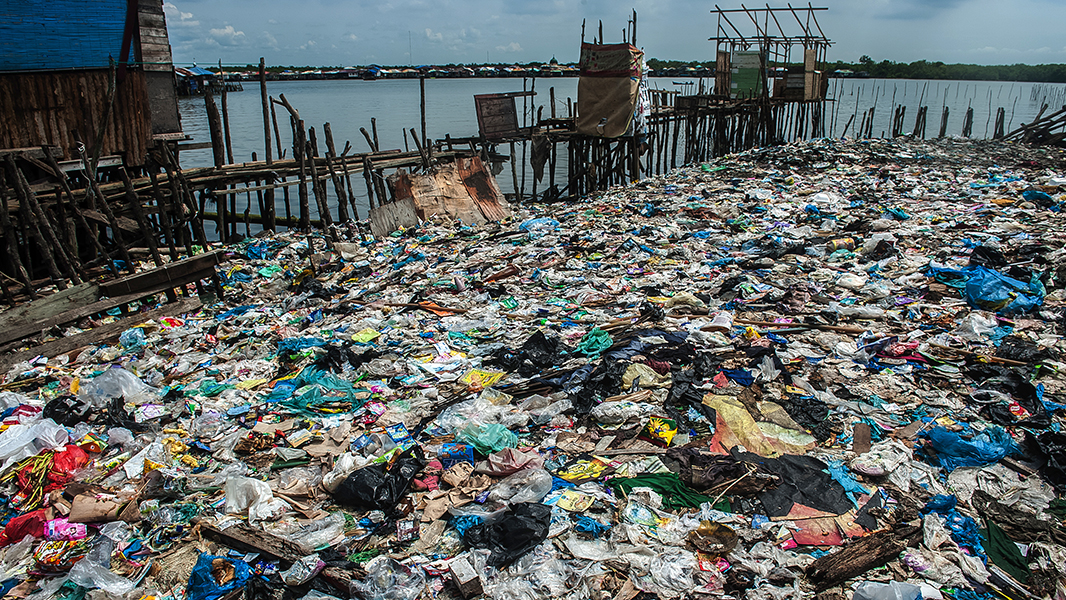The products on supermarket shelves in various countries are almost inseparable from plastic packaging. Every day, thousands of tons of plastic are produced, discarded, and sold as waste to developing countries for processing. Over the years, Southeast Asian countries that have accepted all Western plastic waste have realized that they cannot afford this high burden, and have begun to say “no” with confidence.
One year ago, Malaysia investigated and shut down 34 illegal factories. The main business of these factories is the recycling of “foreign garbage”. Some of the plastic waste from countries such as the UK, US, Australia and Japan is recycled into plastic pellets that are used to make other plastic products. Other plastics that aren’t suitable for recycling are burned, or end up in landfills. In the waste plastic park, truck after truck of plastic waste keeps pouring in. Adults are engaged in the work of sorting waste plastic amidst the stench, while ignorant children regard the garbage dump as an amusement park, collecting discarded needles and medical supplies.

As the global waste disposal industry chain is gradually being subverted, how can Western countries, which have long been used to pushing plastic waste overseas, get out of the waste predicament? How can those garbage-receiving countries get rid of garbage dependence?
In 1907, the “Father of Plastics”, American-Belgian chemist Leo Baekeland (Leo Baekeland) invented the first artificial synthetic material with high temperature resistance: Bakelite. Bakerite calls it “a material with endless uses.” During the Second World War, due to the tight supply of natural raw materials, plastics that can fill the gap were raised to a new level by people. Global plastic production rose from 2 million tons in 1950 to 322 million tons in 2015, according to Plastics Europe, the association of plastics manufacturers in Europe. As plastics continue to invade everyday life, so does the plastic waste.
According to official statistics, since 1950, a total of about 6.3 billion tons of waste plastics have been generated worldwide. The most common single-use plastic waste includes cigarette butts, plastic bottles, bottle caps, food wrappers, plastic bags, etc. According to the United Nations report, as many as 5 trillion plastic bags are used in the world every year. If they are spread out one by one, they are enough to cover two Frances.
Among such a huge amount of plastic waste, only 9% is recycled, and only 12% is incinerated. Most of the plastic ends up in landfills or in the sea, where it takes up to 400 years to degrade. According to a study in the National Geographic magazine, by the middle of this century, there will be more plastic waste in the ocean than fish.
Faced with more and more piles of plastic waste, developed countries in the West began to actively look for ways to deal with it. For them, automated technology and cheap labor are unable to meet the growing demand for waste disposal, even if incinerators and landfills can dispose of some excess waste, but the cost of building a new incinerator in more than $ 200 million, and regulation is gradually outlawing landfills.
The emergence of waste plastic pyrolysis to oil technology makes everything develop for the better. For waste plastics with complex composition and not easy to be recycled, the pyrolysis of plastic waste technology shows strong inclusiveness and greatly reduces and eases the processing pressure. By directly disposing of waste plastic products with adulterated composition and with few impurities by pyrolysis, high quality pyrolysis oil can be obtained.
The investment cost of this set of waste plastic pyrolysis technology equipment is low, but it can obtain higher economic returns. The discharge meets the environmental protection and ecological standards of the European Union and Japan, and is expected to solve the problem of disposal of waste plastics that plagues the world.

Email: sales@niutech.com
Tel: 86 531 86196301
